Effects of Dull Blades and Punches in Metal Fabrication
April 26, 2018Metal fabrication is one of the largest industries in the engineering world. The reason? Metal fabrication allows for companies to effectively, safely, and quickly punch, cut, and bend metal into the form needed for their products. From motor vehicles to skyscrapers, metal fabrication is a necessary aspect of our day-to-day lives. The power of this industry isn’t just in the monumental products that are created by way of the process. The power of metal fabrication comes down to small accessories to the larger machines themselves: the blades and punches used to punch and shear metal. These blades and punches are used to form, impact, cut, and tear metal in very accurate and efficient ways. We have to ask ourselves this, however: what happens when these blades and punches begin to wear themselves out?
Impact and Effects of Dull Blades and Punches
In the metal fabrication world, there is little more effective than a strong punch firing on all cylinders. Punches, when used correctly, are powerful indentation tools that quickly hammer down upon their targeted material in order to create an appropriate indentation. This process is repeated innumerable times throughout a shift and it leads to effective final outputs. The same can be said for the blades that are used to shear metal. These blades slice through metal during the fabrication process like a knife through butter. However, when these blades begin to dull they can lead to more severe issues. Here are a few of the most common issues associated with dull punches and dull blades.
1) Jagged and Uneven Cutting – A telltale sign of a dull blade is showcased by jagged or uneven cutting lines. When working at optimal efficiency, blades will be able to replicate their quick cuts with consistency. When the blade begins to wear down, the impact is noticeable. Dull blades lead to jagged cuts that are uneven and unusable.
2) Indent Rollover – Much like a piston firing down, a punch used during the fabrication process must fire off like a gun in a consistent fashion. Close inspection of targeted indentations should reveal consistency. However, rollover can occasionally happen when the leading edge of the punch begins to fail. Rollover is when the mark around the surface of the metal appears sunken. We call this indent rollover.
3) Burrs – Much like indent rollover, burrs manifest themselves when a punch is dull and ineffective. Burrs are formed when the metal distorts around the indentation and spreads rather than leaving a singular and impacting leading punch. Burrs and indent rollover are both symptomatic of problematic punches.
Optimized by: Netwizard SEO


